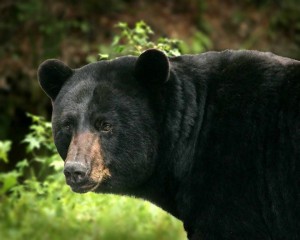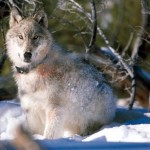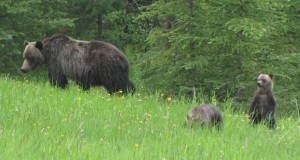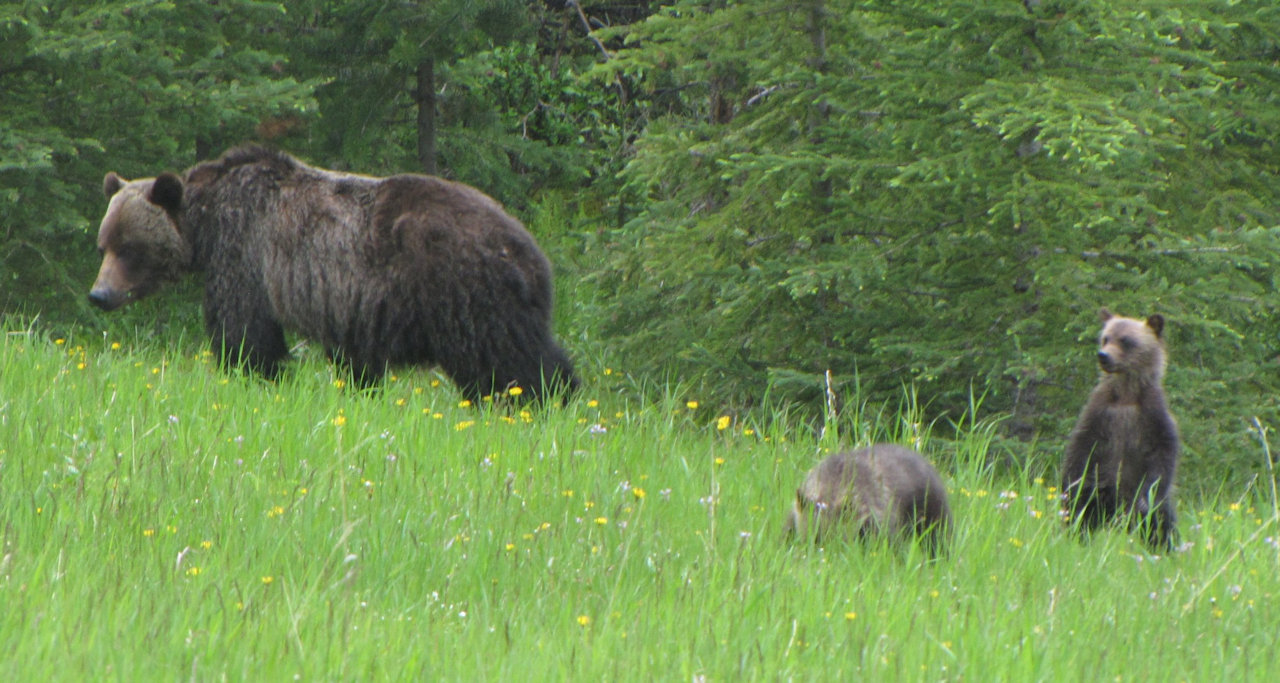
This significant “Viewpoint” article recently appeared in the Montana Current and will probably show up at other Montana newspapers . . .
We are 40 retired state, Federal and Tribal Montana biologists with a combined 1280 years of professional experience. We are extremely concerned about the Fish and Wildlife Commission’s conflicts of interest, lack of due process to involve the public in decisions, and rejection of science and facts in favor of personal opinions when developing wildlife management regulations. Fifteen of us worked at Montana Fish, Wildlife and Parks (FWP).
At their last meeting, the Montana Fish and Wildlife Commission made a last-minute amendment to eliminate the 37% cap for females killed during black bear seasons in Montana. They made this change with no prior notice and therefore little opportunity for public comment.
This female cap was based on earlier research by Dr. Richard Mace of FWP showing that black bear populations would decline if the female proportion in a legal harvest reached 40%. The cap was instituted in spring 2024 in response to the Commission lengthening the spring black bear hunting season by 2 weeks. The female harvest cap would balance the Commission’s desire to extend season length while minimizing the risk of population declines in black bears.
Montanans expect the Commission to provide for public comment on wildlife management decisions. But this policy to reduce Montana black bear numbers by eliminating the female harvest limit was not proposed prior to this meeting or subject to public input. Instead, it originated with some Commissioners who’d heard anecdotal reports from hunters about black bears, as well as unsupported assertions that black bears were depressing Montana elk and deer populations.
This is management based on the whimsy of Commissioners rather than on data, analysis, and consultation with biologists on the ground. A particular irony in this case is that FWP recently initiated research to update our understanding of both black bear abundance and elk population dynamics in northwestern Montana. Rather than awaiting the results from FWP staff tasked with providing objective information, the Commission moved forward based on some anecdotes they heard and their obvious personal bias against predators.
In addition, one of the Commissioners, Pat Tabor has a family that runs an outfitting business. Commissioner Tabor has a direct conflict of interest in extending black bear season lengths and removing the female harvest cap because his family outfitting business will benefit from these changes. He should recuse himself from all Commission issues that directly affect his family outfitting business, but he refuses to do so.
Montana needs a responsive Fish and Wildlife Commission that listens to and considers all public input, not just those who dislike predators or those who can profit by commercializing wildlife. Montana needs a Commission that always bases their wildlife management decisions on science and facts and who listens to the recommendations of the wildlife professionals at FWP. Sadly, we do not have such a Commission today.
Chris Servheen, Rick Mace, Tim Manley, Chuck Schwartz, Kate Kendall and 35 other Montana wildlife and resource management professionals


